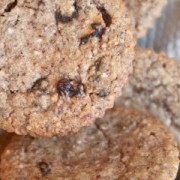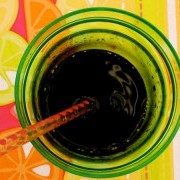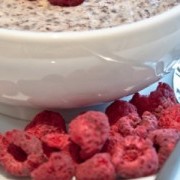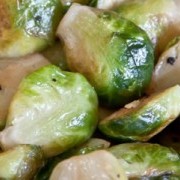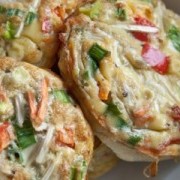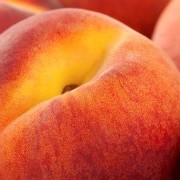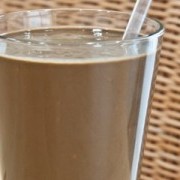10 Reasons To Eat Real Food
10. The rate of obesity has MORE THAN DOUBLED since 1980.
9. There are as many overweight people alive as there were TOTAL PEOPLE ALIVE ~100 years ago.
8. More than 40 million children UNDER 5 are overweight.
7. Obesity is now the #1 health concern among U.S. parents, TOPPING DRUGS & SMOKING.
6. The rate of diabetes and pre-diabetes has INCREASED ABOUT 100,000% in the last 100 years.
5. Diet related diseases have OVERTAKEN TOBACCO AS THE LEADING CAUSE OF DEATH in the U.S..
4. Obesity is shortening average life spans more than accidents, homicides and suicides COMBINED.
3. About ONE IN THREE American kids are overweight or obese.
2. Overweight kids have a 70% chance of struggling with excess fat FOR THE REST OF THEIR LIVES.
1. Thanks to the obesity and diabetes epidemics, for the first time in U.S. history, TODAY’S CHILDREN ARE EXPECTED TO DIE AT A YOUNGER AGE THAN THEIR PARENTS.

I believe we have a moral obligation to stop this…and I promise you, two-thirds of us did not spontaneously become lazy gluttons. There’s a lot more going on here politically, economically, and biologically than we’re led to believe. This is about so much more than weight loss. It’s definitely not about starving ourselves and spending hours on stair-steppers. It’s not about pills, powders, or potions. It’s about simple science, proven biology, and common sense. It’s about empowering others as we heal ourselves. It’s about eating more and exercising less—but smarter.
We don’t use the same computers we used decades ago. We don’t fly in the same planes we flew in decades ago. So, why are we being taught the same disproven nutrition and exercise theories we were taught decades ago?
If you are tired of myths and marketing, then please don’t starve yourself or spend your life on a treadmill. Eat more. Exercise less. Just do it smarter. Together, we can save lives while simplifying slim and making “healthy” healthy again.
– Jonathan Bailor




